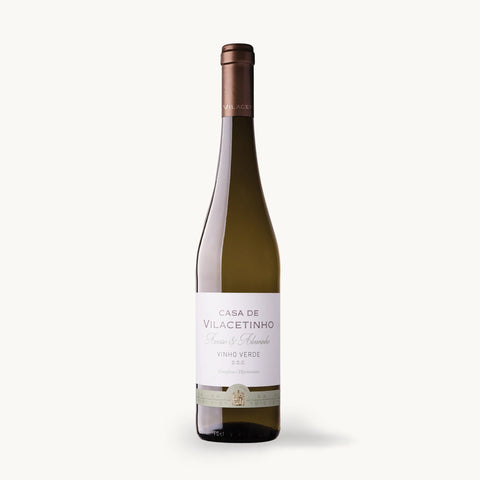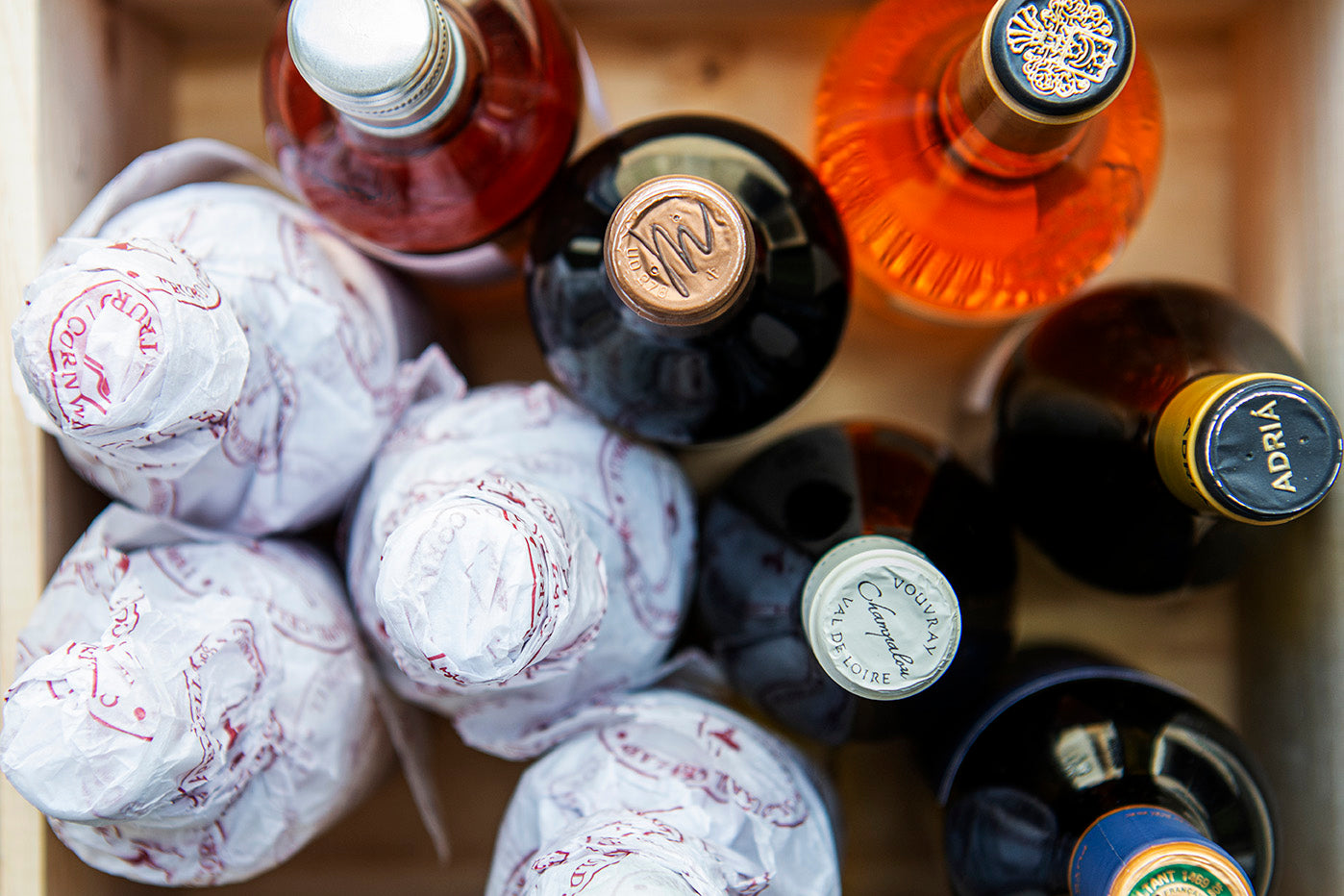June is officially Portuguese Wine Month, and here at Old Chapel we’re celebrating with a Portuguese Wine Tasting on 28th June. A limited number of tickets are still available if you’re quick!

When thinking of wine from Portugal, you could be forgiven for jumping immediately to Port, but there’s a huge variety of non-fortified Portuguese wines to discover. Often overshadowed by larger and more famous regions in France, Italy and Spain, these wines have not yet been given their proper due, but here at Old Chapel we’ve long been fans. The Douro Valley, Dão and Alentejo for example are sources of distinctive, characterful, and high-quality wines offering excellent value.
With a wealth of indigenous grape varieties, a diverse climate, and passionate winemakers, Portugal as a whole is one of Europe’s most exciting wine regions.
Here’s a quick guide to some of the key regions to watch, and our wine buyers’ top tips on the best Portuguese wines showcasing individuality and food-friendly appeal.
Alentejo
This large region neighbours Spain, and the ripe, plummy reds vie for attention with those from across the border. Some international grape varieties are used, such as Syrah, generally blended with indigenous grapes including Aragonez (known as Tempranillo in Spain). A great source of good value wines from an exciting, forward-looking region.
One to try – Ciconia Tinto, a blend of Touriga Nacional, Syrah and Aragonez with an intense aroma of red and black forest fruits. This has smooth tannins and juicy fruit balanced with floral and toasted notes and is great with anything from a hearty lamb ragu to tapas!
Vinho Verde
Vinho Verde means ‘green wine’. This refers to the fact that wines from this region, which is dominated by Atlantic influences, are typically intended to be drunk young. The whites are best known in the UK (Vinho Verde can actually be red, white or rose!) and are light, fresh and aromatic, with a distinctive spritz.
One to try – Vilacetinho Avesso Alvarinho. From a historic winery created by the unification of 2 large estates, which were originally part of a Benedictine Monastery. Made with Avesso grapes from 25+ year old vines, and Alvarinho grapes (known as Albarino in Spain) from young vines, this has more structure and complexity than many most Vinho Verdes, but with great minerality and freshness. We challenge you to find a better wine to go with sophisticated summer seafood dishes!

Douro
Portugal’s oldest wine region is synonymous with fortified wine, but it’s in the crafting of table wines from the Douro where innovation is really taking place. Using the same local grapes which are matured into Port (Tinto Cão, Touriga Franca, and Touriga Nacional) innovative wine makers create masterful, full-bodied reds and well-structured whites. The reds are often compared to those from Bordeaux, or wines from Australia’s preeminent wineries.
One to try – Our great value Eirados Red is full of vibrant black cherry fruit and plum, with distinct spice notes and a creamy roundness. On the palate there are mature tannins, with a velvety and elegant finish. Great with smoky, meaty barbecue food in the summer.

Tejo (formerly known as Ribatejo)
In a central spot, just a short drive from Lisbon, Tejo is a land of vines and olive groves where wine has been produced since Roman times. Here, native grapes like Aragonez and Touriga Nacional retain their natural acidity to produce balanced wines despite the warm climate. Meanwhile Alvarinho, Verdelho, and other indigenous variety produce crisp, lively whites.
One to try – Ai Galera Mistico Branco is a blend of Fernao Pires (85%) and Verdelho Fernão (15%) and is a great example of Tejo’s up and coming reputation. Excellent value, this is golden yellow in colour, with plenty of ripe fruits aromas. A fresh and gentle wine with a pleasant finish which makes a good aperitif but also goes well with seafood and summer salads.

Península de Setúbal
On this Atlantic-facing peninsula, a dry, flat plain leads to mountainous foothills, home to an increasingly exciting area for wine growing especially in the higher, Serra da Arrábida area where limestone and clayey-calcareous soils add interest.
One to try – Herdade do Portocarro No.27. This vineyard is planted on the south-facing slopes above the plain to benefit from a higher altitude and Atlantic breezes. On the nose this has intense aromas of plum, dark chocolate and rosemary. On the palate there are distinct notes of dark chocolate and coffee, but also a surprising freshness and a hint of mint. Well structured, with lovely soft tannins, this goes excellently with roast pork.

-
To find out more about the many other Portuguese wine regions, including Dão and Bairrada, Wines of Portugal has a wonderful introduction to the country’s sub-regions here.


